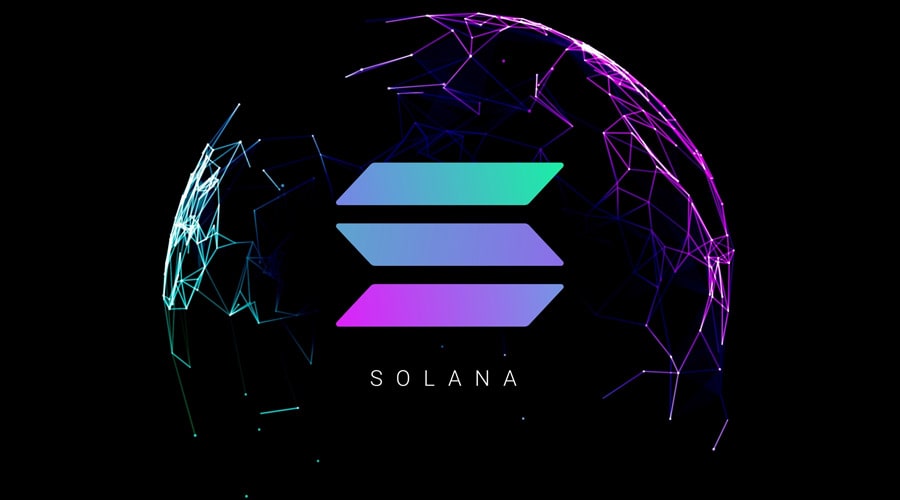
Solana (SOL) community is on the verge of voting on the significant proposal SIMD-0228, which could potentially reduce the network’s annual inflation rate by up to 80%. The vote is set to take place in Epoch 753 around March 6. The proposal, presented by Tushar Jain and Vishal Kanjani from Multicoin Capital and Max Roszink, senior economist at Anza, suggests a change in the token distribution model to a market-based intelligent model to reduce inflation and enhance network security by adjusting SOL distribution based on staking. The goal is to achieve a staking rate of 50% and maintain inflation between 0 to 1.5% to bring more stability to the network. However, some community members are concerned about the proposal’s impact. Matthew Sigel, Head of Digital Asset Research at VanEck, warns that implementing SIMD-0228 along with two other Solana proposals could reduce validators’ income by up to 95%. The fixed costs for running a Solana validator include $58,000 annually for voting and $6,000 for hardware. Out of 1,323 validators, only 458 hold more than 100,000 SOL tokens to be profitable. Some argue that decreasing smaller validators could lead to network centralization around major players like Binance and Coinbase. Nonetheless, some analysts believe that reducing inflation will increase the value and stability of the Solana ecosystem in the long run. This vote could be a crucial turning point for Solana’s future and significantly impact its development path. You can track the live prices of all tokens and cryptocurrencies on the real-time digital asset price page.





